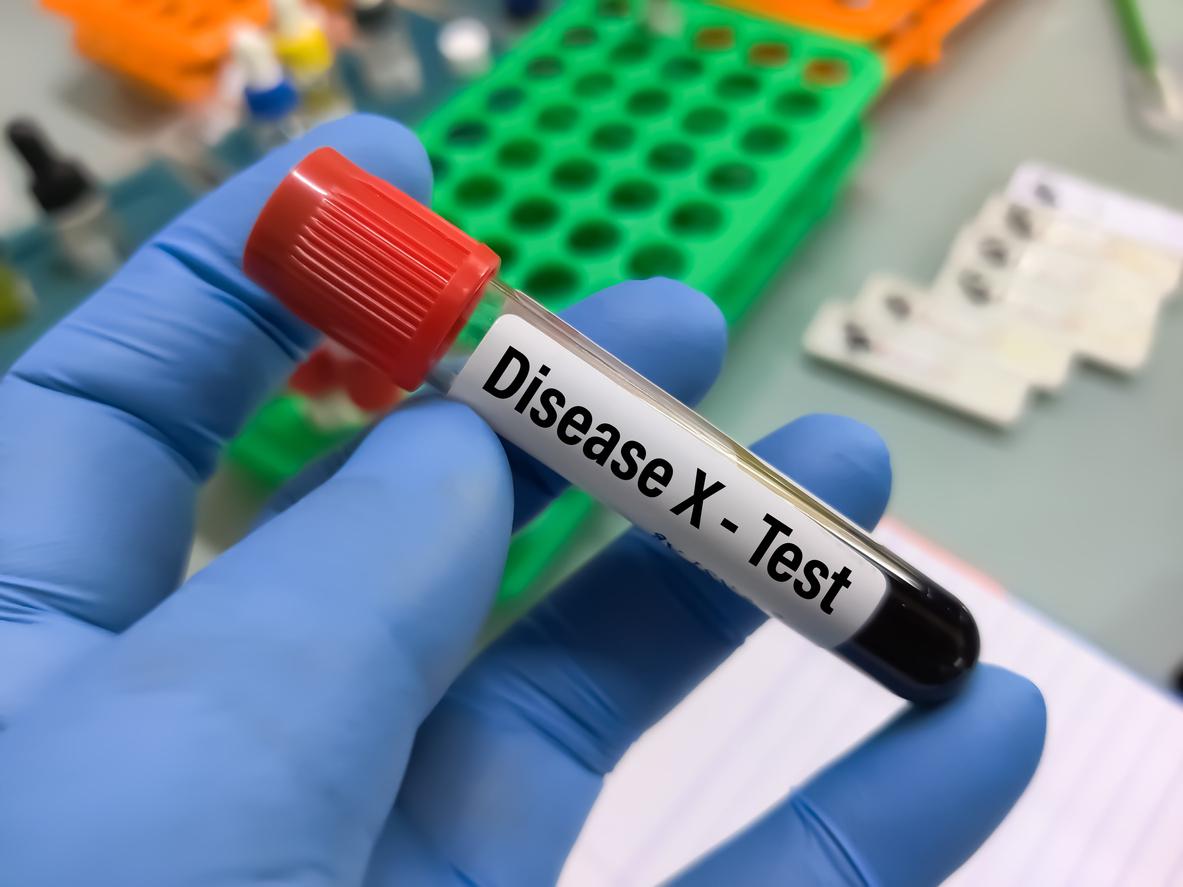
Hypersensitivity to gluten
The number of people who are diagnosed with gluten intolerance (celiac disease) is increasing rapidly. It is estimated that about 170,000 people in the Netherlands have celiac disease. Much of it without even knowing it. The number of people with celiac disease is expected to increase sharply in the coming years. Health net answers 8 questions about gluten intolerance.
What is Gluten Intolerance?
In this disease, also called celiac disease or native thrush, the inner lining of the intestine (the intestinal villi) is damaged by gluten. Gluten is a protein found in several grains, such as oats, rye, barley and wheat. Everyday food such as bread, biscuits and pasta therefore contains gluten. The damaged gut is unable to absorb food.
What are the complaints?
Especially abdominal complaints, a bloated feeling in the abdominal area for example. A patient can have diarrhea, but also constipation. The stool may be oily. Complaints occur after eating food containing gluten.
Are there any other complaints?
Yes. Because the absorption of food is so poor, the patient can lose weight. Minerals and vitamins can also be absorbed more poorly in the body. A lack of iron or folic acid leads to fatigue via anemia. Caused by a lack of calcium osteoporosis. There are patients who hardly have any abdominal complaints, but do have these other symptoms.
At what age do complaints occur?
In a number of patients it becomes clear at a young age, from the age of 2 years, that they cannot tolerate gluten. Those kids have thin arms and round bellies. But in many people the disease is not diagnosed until later in life. This may be because their villi did not become sensitive to gluten until later, or because the breakdown of the villi does not go so quickly in them. They don’t have to get sick from it for a long time, because the burden that gluten intolerance causes is not serious enough. It only becomes clear to them later that the stomach complaints are caused by gluten. It used to be thought that almost all cases of gluten intolerance were discovered before the seventh year of life. Today it is known that two-thirds of new patients are adults. 20 percent of new patients are even older than 60 years.
Who is gluten intolerance common?
Gluten intolerance is two to three times more common in women than in men. It is more common than average in people whose first- or second-degree relatives is gluten intolerant, as well as in people with diabetes.
How is the diagnosis made?
If a blood test from the GP indicates gluten intolerance, the patient is referred to a specialist. He can do blood tests. But the diagnosis can only be made with certainty by cutting a piece from the intestine (bowel biopsy) and examining it for damage to the intestinal villi.
How many people have gluten intolerance?
It is estimated that about 170,000 people in the Netherlands have celiac disease. Most of them, about 140,000, don’t know that yet. This is because the complaints are often vague, so that gluten intolerance is not quickly thought of.
What can be done about it?
Damaged intestinal villi recover as soon as the patient stops eating gluten. The damage is rarely permanent. After intestinal recovery, patients remain healthy as long as they do not ingest gluten. That is not always easy, because the gluten-free diet requires a lot of discipline. Gluten-free varieties of bread, cookies or pasta are expensive. A dietitian can help include alternatives such as rice, potatoes, corn and millet in the diet.
Not celiac, but complaints due to gluten?
If no celiac disease has been diagnosed, gluten can still cause symptoms, so-called gluten sensitivity. This can be determined by means of an elimination diet in which gluten is removed from the diet to see how the body reacts to it.
At the National Health Fair 2018 we spoke with dietician and celiac expert Lisanne Bosch. About gluten-free food as a trend and about the difference between an allergy and intolerance:
Sources):

















